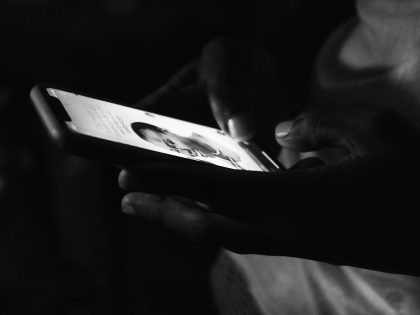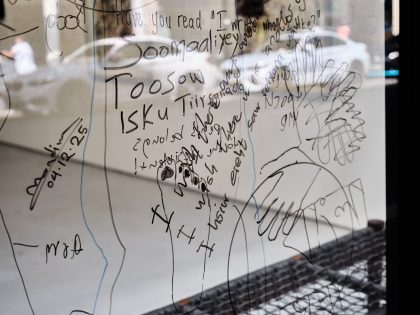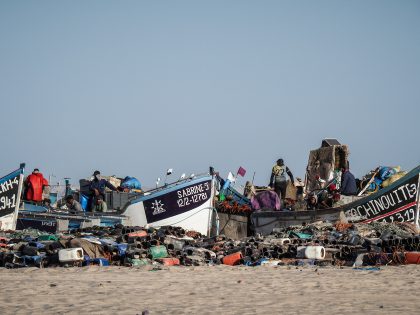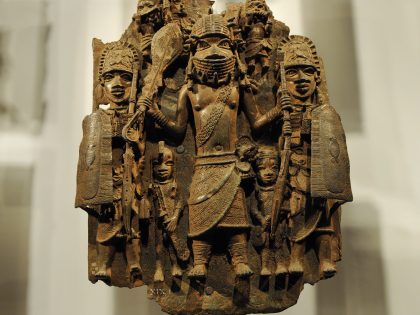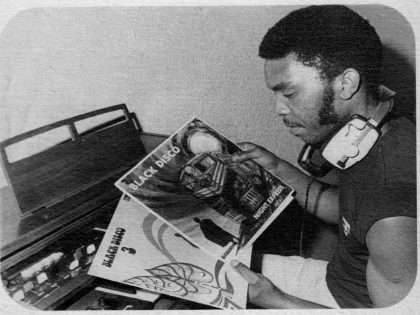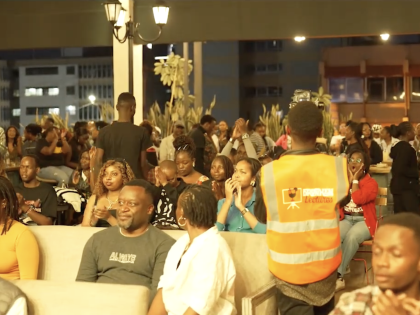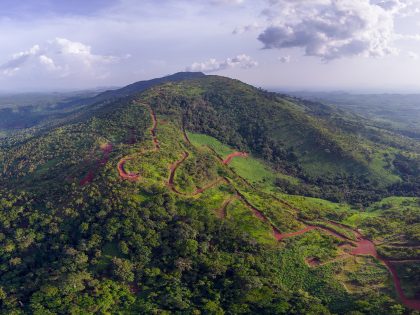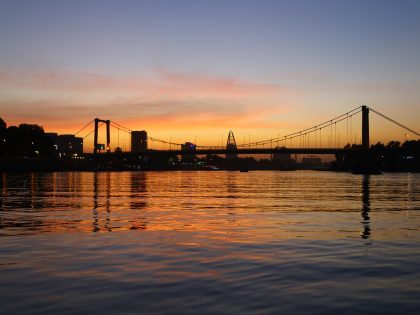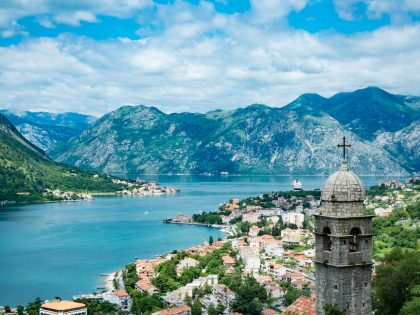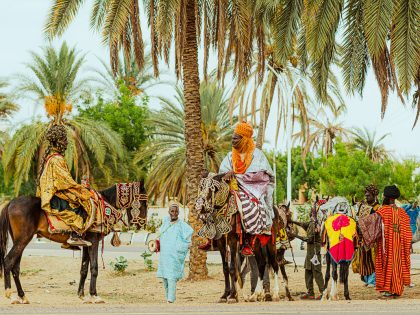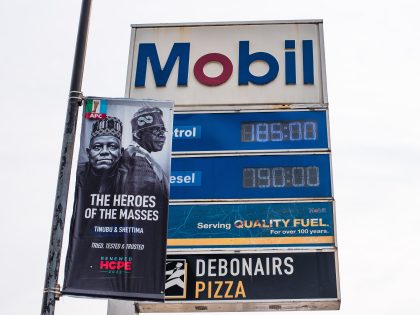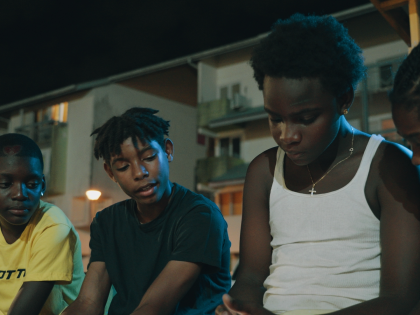An environmental calamity
The South African photographer Gideon Mendel's images of people affected by flooding in seven sites, including Nigeria.

18/43. Florence Abraham, Igbogene, Bayelsa Stte, Nigeria, November 2012. Copyright: Gideon Mendel.
South African photographer Gideon Mendel is best known for his work on HIV/AIDS in the monograph “A Broken Landscape” (2001) and in projects with big-name NGOs. He is a six-time winner of the World Press Photo Award and a self-proclaimed ‘advocacy’ photographer. His latest project Drowning World is a series of portraits of people affected by flooding taken in Australia, Haiti, India, Nigeria, Pakistan, Thailand and the UK (where he lives), when water is still knee-high and its damage still visible. In “Drowning World,” as in previous work, Mendel uses photography as socio-political commentary, but here he moves away from the aesthetic of the NGO imaginary. The images are ambiguous and all the more interesting for it.
London gallery Tiwani Contemporary is currently showing a selection of the photographs, and a short video piece, documenting Mendel’s trip to Nigeria in November 2012. In the preceding months major flooding killed 363 people and displaced over 2 million, an event that went unreported internationally. In these pictures, the people of flood-affected Bayelsa State pose in green-brown water in the remains of their homes and their communities.
Mendel explains:
Since 2007, I have been documenting flooding as my way to make visual the climate change threat we all face. Flood victims … address the camera, looking outwards from the landscape of an environmental calamity that has all but destroyed their lives. Coming from disparate parts of the world, my intention is for their faces and their gaze to show us their linked vulnerability despite the vast differences in their lives and circumstances.
Mendel shows us that this experience is shared across geographical distance and his subjects are equal in front of the camera. Their ‘linked vulnerability’ resonates throughout the photographs. In each, people stand in a square frame punctuated by the horizontal line of the water. Motifs are repeated, like the three women who hold their skirts out of the water with a left hand. Three photos taken five years apart in Nigeria and Haiti form a triptych when hung together, the deep blue of each image connecting them. In imposing uniformity on those he photographs, whether Australian, Haitian, or Nigerian, Mendel in a sense sidesteps the problems of representation of Africa we are concerned with on AIAC (recently here and here).
Although Mendel calls his subject an ‘environmental calamity’, Drowning World is not concerned with the drama of the flood; the advancing wave or the ripping up of trees. Here we see the mundane aftermath, especially in the video piece Water (Chapters 6 and 7). The flood lines mark the walls three feet above the water as it slowly recedes, five weeks after the event. A man walking along a high ledge to stay dry trips and carries on. There is a beautiful moment in the film as a man cleans his bathroom tiles, despite the room being full of sludgy, still water, and the bath itself totally immersed.
The notion of victimhood looms large in images like these and although the format and the subject’s gaze is reminiscent of Pieter Hugo, the people in these photographs are not the suffering African ‘subject-objects’ found in the portraits of that other heavyweight South African. The best photographs in this collection are beautiful character studies. There is an expressive use of colour and the texture of wetness is everywhere.
This month Mendel flew to Bavaria to take photographs of the flooding there which he will add to the Drowning World series. He also recorded the trip on his Instagram account, a recent addition to his photographic repertoire. Germany will be the eighth country in the project. Mendel’s telling of this story goes on, incorporating more images as he travels, and expanding into different media. Drowning World is ongoing because the extreme flooding it is concerned with is ongoing and is happening everywhere. For that reason if no other, Mendel’s photographs are important. His is ‘advocacy photography’, but the good kind.
